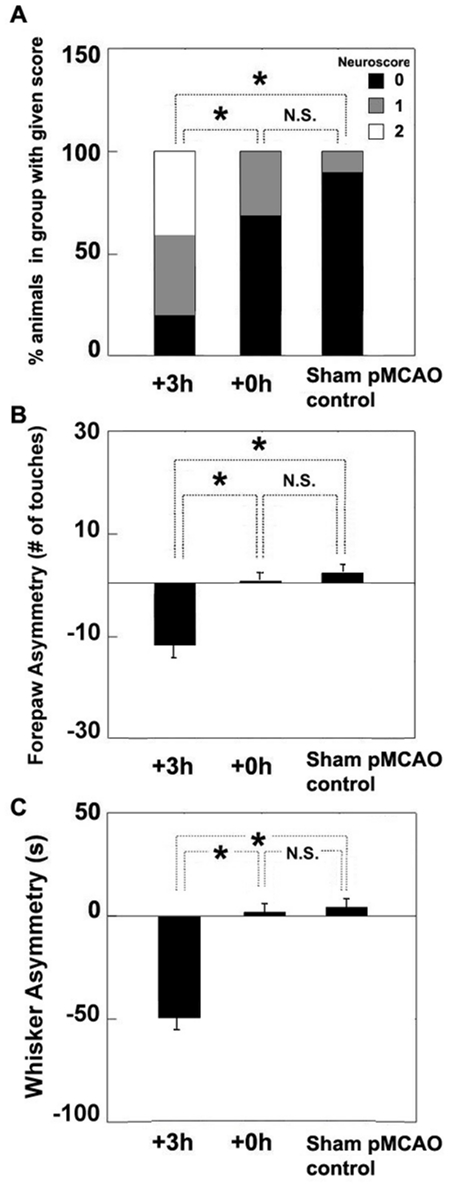Figure 6. Normal sensorimotor-related behaviors were maintained in +0 h animals.
All +3 h animals (n = 22) exhibited behavioral deficits 7 days after the onset of ischemia (time of pMCAO), while +0 h animals (n = 22) were indistinguishable from controls (animals which underwent surgical preparation with no MCA occlusion, n = 22). Asterisks indicate significant differences between bracketed groups and N.S. indicates no difference between bracketed groups. (A) Neurological scores according to the Bederson Scale. Each color portion of each bar represents the percentage of animals within each group with the corresponding neurological score (see color key). (B) Use of left (ipsi-ischemic) versus right (contra-ischemic) forelimbs expressed as an asymmetry score during forepaw guided exploration. Forepaw asymmetry was calculated as total number of explorations initiated with the right forepaw minus total number of explorations initiated with the left forepaw. Horizontal line indicates ‘0’, or no asymmetry. (All three spent equivalent amounts of time exploring with their paws). (C) Use of left side (ipsi-ischemic) versus right side (contra-ischemic) whisker sets expressed as whisker asymmetry during whisker guided exploration. Whisker asymmetry was calculated as total time spent scanning with the right whisker set minus total time spent scanning with the left whisker set. Both +0 h and controls used their left and right whisker sets equally. Horizontal line indicates ‘0’, or no asymmetry. All three groups explored with their whiskers for equivalent amounts of time.

